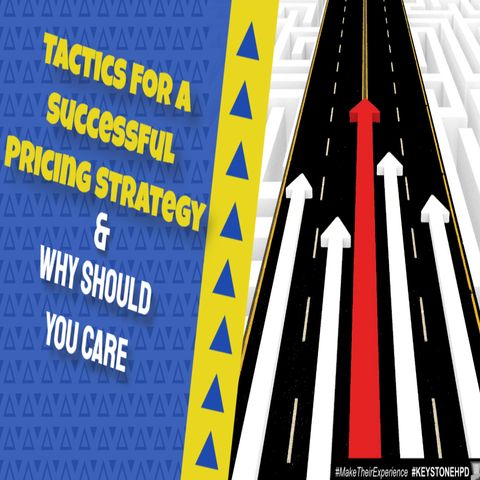Tactics For a Successful Pricing Strategy & Why Should You Care | Ep. #290

Download and listen anywhere
Download your favorite episodes and enjoy them, wherever you are! Sign up or log in now to access offline listening.
Description
The goal of a hospitality property pricing strategy is to maximize revenue while minimizing vacancy rates. In this episode, I talk about why this is important. The Basic Principles of...
show moreIn this episode, I talk about why this is important.
The Basic Principles of Room Prices
We live in a world where travellers have to make decisions, and the decision of what hospitality property to stay at is no exception. With so many choices available, it can be difficult to stand out from the crowd and provide potential guests with the best value for their money.
There are many factors that go into pricing a hospitality property room.
The location, amenities and quality of service are all important factors.
However, one of the most important aspects is demand. Properties can charge more for rooms if they know they can sell them out quickly or if there is high demand during certain times of the year.
What is a hospitality property pricing strategy?
A pricing strategy is a set of rules that help properties decide how much to charge for rooms. It is a crucial part of the marketing strategy and can be used to attract customers or discourage them.
There are two main pricing strategies:
Cost-based pricing
Cost-based pricing strategies are the easiest to implement. Hoteliers/ innkeepers simply calculate the sum of all expenses involved in running their property, divide that cost by the number of rooms or units, and then markup each unit or room based on the profit they hope to make.
Demand-based pricing
Demand-based pricing, sometimes called customer-based pricing, is where the hotelier/innkeeper adjusts a room or unit price (often in real-time) according to customer demand and the perceived value.
Other factors that affect the pricing of a room include:
- The location and type of the property (luxury, budget, etc.)
- The time of year and day of the week
- The quality and reputation of the property
Continue watching or reading and I’ll share what else you need to consider when developing your pricing strategy...
⇒ TO READ OR LISTEN TO THIS EPISODE ON KEYSTONE HOSPITALITY PROPERTY DEVELOPMENT:
https://keystonehpd.com/tactics-for-a-successful-pricing-strategy-why-should-you-care-290
Get your copy of the “How to Improve Your Hospitality Properties Success” ebook?
https://keystonehpd.com/how-to-improve-your-hospitality-properties-success
Get Your INNsider Tips
https://KeystoneHPD.com/INNsider-Tips
Join one of your private groups
https://keystonehpd.com/private-groups
Say hi on social
Facebook: https://www.facebook.com/KeystoneHPD
Twitter: https://twitter.com/KeystoneHPD
LinkedIn: https://www.linkedin.com/company/keystone-hospitality-development
Listen to The Hospitality Property School PODCAST here
https://www.keystonehpd.com/hospitality-property-school-podcasts
YouTube
https://youtu.be/aeRztygMC8A
A Division of Keystone Hospitality Property Development
Information
| Author | Gerry MacPherson |
| Organization | Gerry MacPherson |
| Website | - |
| Tags |
Copyright 2024 - Spreaker Inc. an iHeartMedia Company

Comments